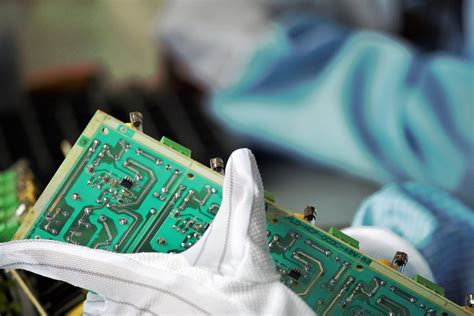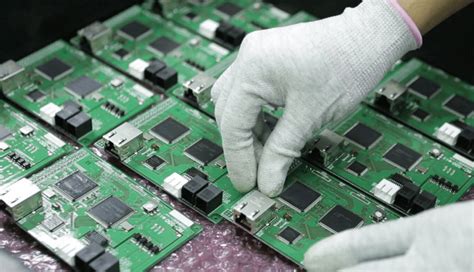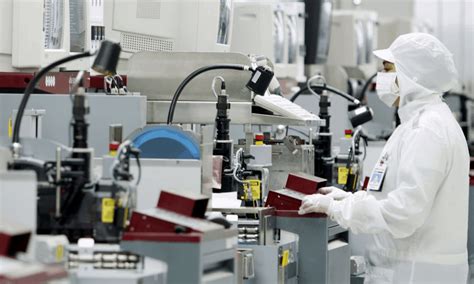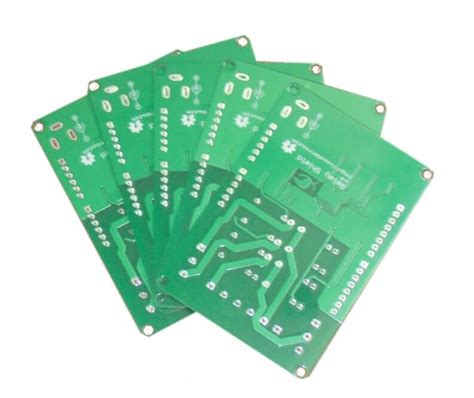The Role of Copper Pour in PCB Design: A Comprehensive Analysis
Introduction
Printed Circuit Boards (PCBs) are the backbone of modern electronics, providing the necessary electrical connections between components. One of the critical aspects of PCB design is the use of copper pour, also known as copper fill or copper flooding. Copper pour involves filling unused areas of the PCB with copper, which is typically connected to a ground or power plane. This technique offers several benefits, including improved electrical performance, thermal management, and mechanical stability. However, it also presents challenges that designers must carefully consider. This article will explore the role of copper pour in PCB design, its advantages and disadvantages, and best practices for implementation.
1. Understanding Copper Pour
Copper pour is a technique used in PCB design to fill empty spaces on the board with copper. This copper is usually connected to a ground or power plane, creating a large conductive area. The primary purpose of copper pour is to enhance the electrical and thermal performance of the PCB. It also provides mechanical stability and can help reduce electromagnetic interference (EMI).
2. Electrical Benefits of Copper Pour
2.1. Improved Signal Integrity
One of the most significant advantages of copper pour is its ability to improve signal integrity. By creating a large, continuous ground plane, copper pour helps to reduce the impedance of the ground path. This is particularly important for high-speed signals, where low impedance is crucial for minimizing signal reflections and crosstalk. A solid ground plane also provides a stable reference for signal traces, reducing the likelihood of noise and interference.
2.2. Reduced Electromagnetic Interference (EMI)
Copper pour can also help to reduce electromagnetic interference (EMI). By filling unused areas with copper connected to the ground plane, designers can create a shield that absorbs and dissipates electromagnetic radiation. This is especially important in high-frequency circuits, where EMI can cause significant performance issues. The continuous copper layer acts as a Faraday cage, preventing external electromagnetic fields from interfering with the circuit and vice versa.
2.3. Enhanced Power Distribution
In addition to improving signal integrity and reducing EMI, copper pour can enhance power distribution across the PCB. By connecting the copper pour to a power plane, designers can create a low-impedance path for power delivery. This helps to ensure that all components receive a stable and consistent power supply, reducing the risk of voltage drops and power supply noise.
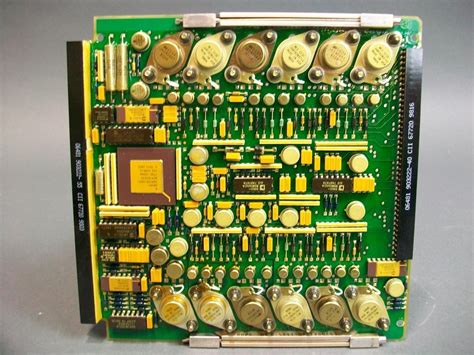
3. Thermal Management Benefits
3.1. Heat Dissipation
Copper is an excellent conductor of heat, and copper pour can significantly improve the thermal management of a PCB. By filling unused areas with copper, designers can create additional thermal pathways that help to dissipate heat away from critical components. This is particularly important for high-power circuits, where excessive heat can lead to component failure and reduced reliability.
3.2. Thermal Relief
Copper pour can also be used to provide thermal relief for components that generate a lot of heat. Thermal relief involves creating small gaps or spokes in the copper pour around the pads of these components. This reduces the thermal conductivity between the pad and the copper pour, allowing the component to dissipate heat more effectively. Thermal relief is especially important for components that are sensitive to temperature changes, such as integrated circuits (ICs) and power transistors.
4. Mechanical Stability
4.1. Reduced Warping
Copper pour can improve the mechanical stability of a PCB by reducing the likelihood of warping. Warping occurs when the PCB expands or contracts due to changes in temperature or humidity. By filling unused areas with copper, designers can create a more balanced and uniform distribution of material, reducing the stress on the board and minimizing the risk of warping.
4.2. Enhanced Durability
In addition to reducing warping, copper pour can enhance the overall durability of the PCB. The additional copper provides extra structural support, making the board more resistant to mechanical stress and vibration. This is particularly important for applications where the PCB may be subjected to harsh environmental conditions, such as automotive or aerospace electronics.
5. Challenges and Considerations
While copper pour offers numerous benefits, it also presents several challenges that designers must carefully consider.
5.1. Manufacturing Complexity
One of the primary challenges of copper pour is the increased complexity it adds to the manufacturing process. The additional copper can make it more difficult to etch the board accurately, leading to potential issues with trace width and spacing. Designers must work closely with manufacturers to ensure that the copper pour does not compromise the overall quality of the PCB.
5.2. Signal Integrity Issues
While copper pour can improve signal integrity in many cases, it can also introduce issues if not implemented correctly. For example, if the copper pour is too close to signal traces, it can create parasitic capacitance, leading to signal degradation. Designers must carefully consider the placement and spacing of the copper pour to avoid these issues.
5.3. Thermal Management Challenges
While copper pour can improve thermal management, it can also create challenges if not properly designed. For example, if the copper pour is too thick, it can act as a heat sink, drawing heat away from critical components and reducing their effectiveness. Designers must carefully balance the thickness and placement of the copper pour to ensure optimal thermal performance.

6. Best Practices for Implementing Copper Pour
To maximize the benefits of copper pour while minimizing potential challenges, designers should follow several best practices.
6.1. Proper Spacing and Clearance
One of the most important considerations when implementing copper pour is proper spacing and clearance. Designers must ensure that the copper pour is not too close to signal traces, as this can create parasitic capacitance and signal integrity issues. A general rule of thumb is to maintain a clearance of at least 0.2mm between the copper pour and signal traces.
6.2. Use of Thermal Relief
As mentioned earlier, thermal relief is essential for components that generate a lot of heat. Designers should use thermal relief pads for these components to ensure that heat is dissipated effectively. This involves creating small gaps or spokes in the copper pour around the component pads, reducing the thermal conductivity between the pad and the copper pour.
6.3. Balanced Copper Distribution
To reduce the risk of warping and improve mechanical stability, designers should aim for a balanced distribution of copper across the PCB. This involves ensuring that the copper pour is evenly distributed on both sides of the board and that there are no large areas of empty space. A balanced copper distribution helps to minimize stress on the board and reduce the likelihood of warping.
6.4. Consideration of Manufacturing Constraints
Designers must also consider the manufacturing constraints when implementing copper pour. This includes working closely with the manufacturer to ensure that the copper pour does not compromise the overall quality of the PCB. Designers should also consider the thickness of the copper pour and its impact on the manufacturing process.
7. Conclusion
Copper pour is a powerful technique in PCB design that offers numerous benefits, including improved electrical performance, thermal management, and mechanical stability. By filling unused areas of the PCB with copper, designers can create a more reliable and efficient circuit board. However, copper pour also presents several challenges that must be carefully considered, including manufacturing complexity, signal integrity issues, and thermal management challenges. By following best practices and working closely with manufacturers, designers can maximize the benefits of copper pour while minimizing potential drawbacks. As the electronics industry continues to evolve, copper pour will remain an essential tool for creating high-performance, reliable PCBs.

